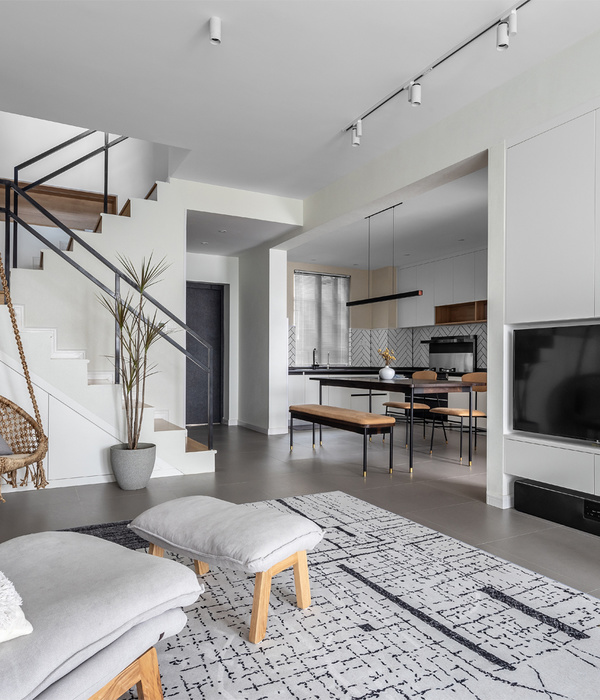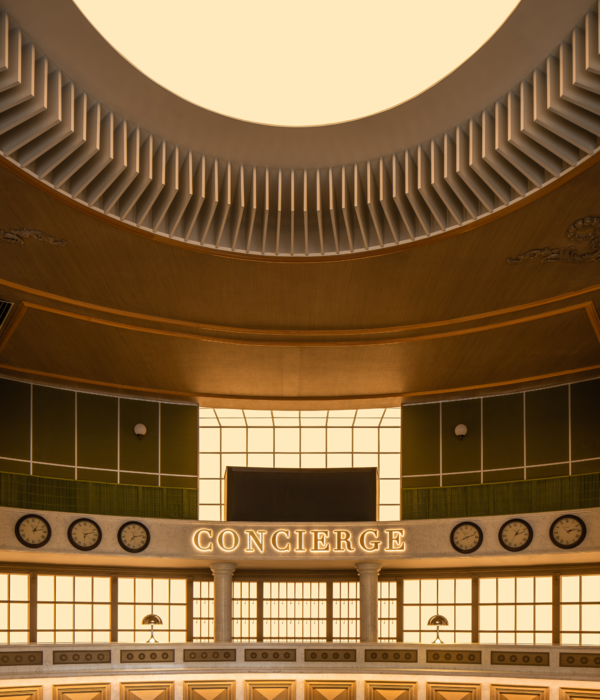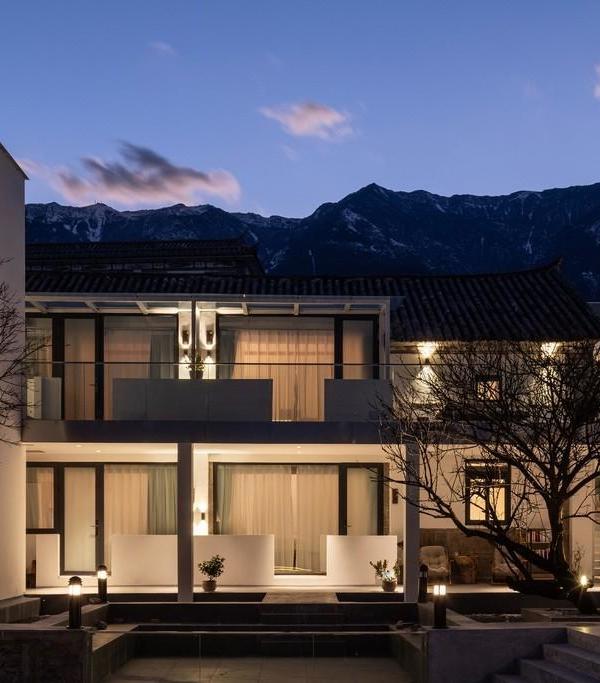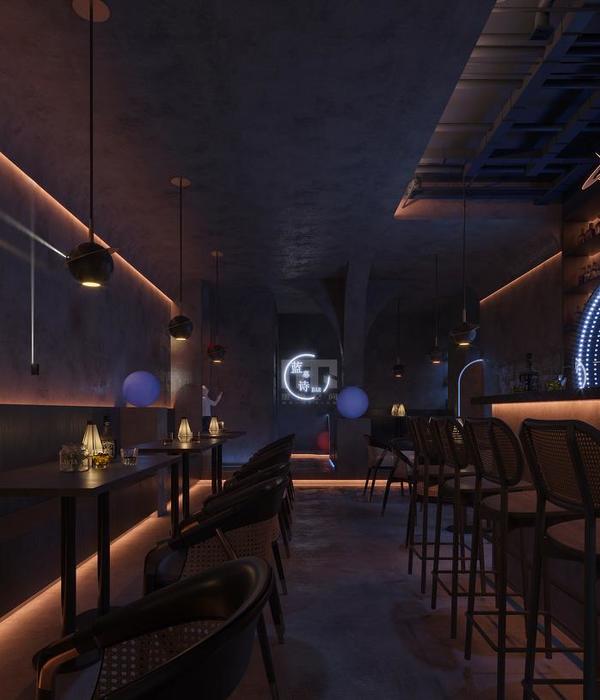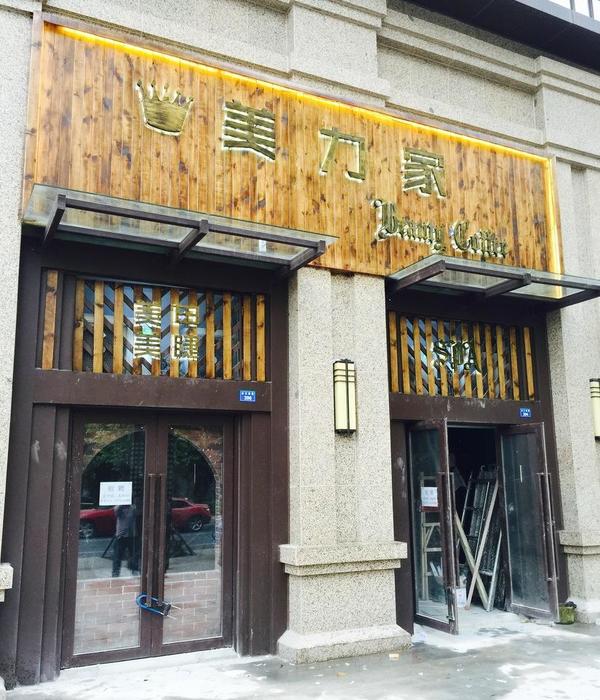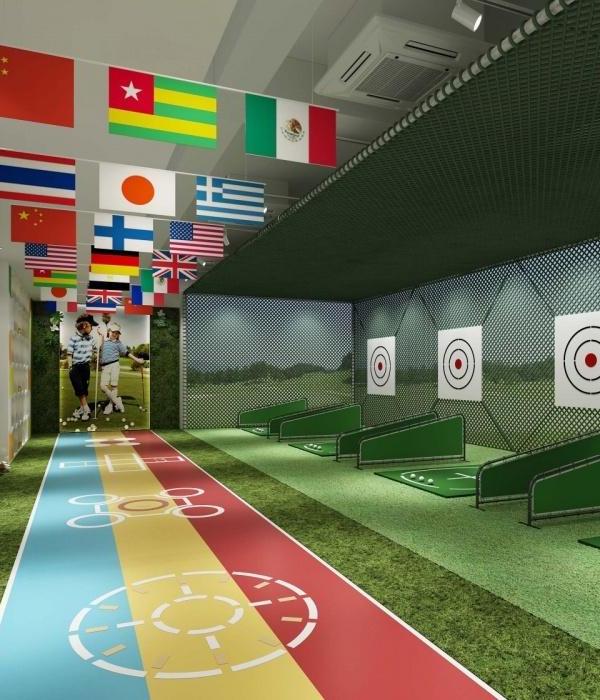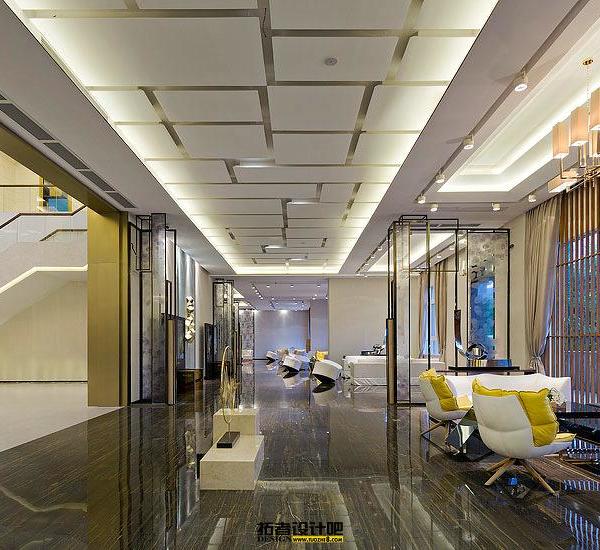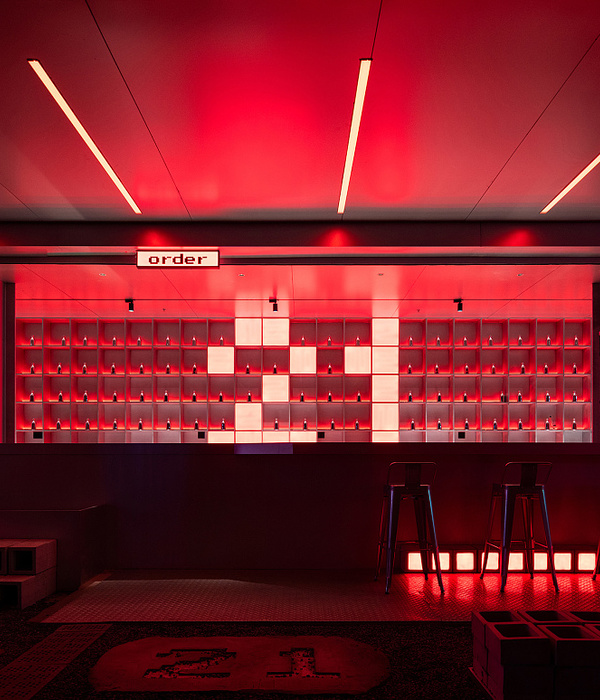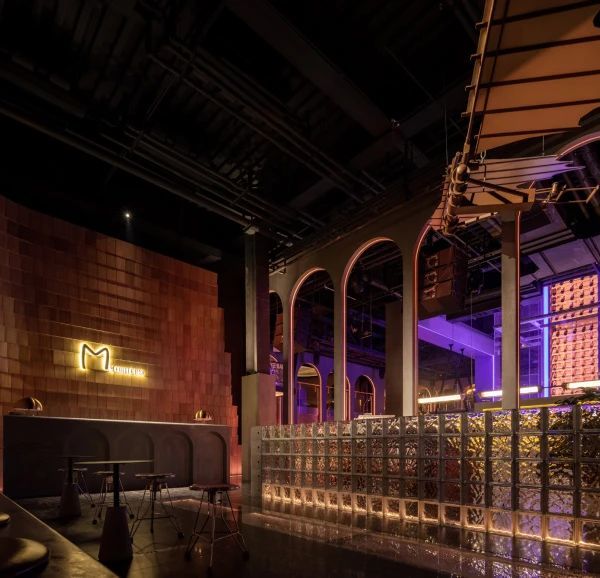叠院儿 “叠院儿”隐藏于北京前门附近的一片传统商业街区之中,占地面积约500平米。原建筑是一座颇具民国特征的四合院商业用房。与民宅相比,这里的房屋较为高大。南侧沿街是一排拱形的门窗,北侧的房屋则建有两层。在本次改造之前,房屋结构均被整体翻建过,院内并没有门窗和墙面,裸露着粗犷的木结构梁柱。据说这里在民国时期曾是青楼,建国后又转变为面包坊,翻建之后就空置下来。建筑未来的使用被设定为兼有公共活动与居住的混合业态空间。因此,本次改造在提升建筑质量以及基础设施的同时,重在创造基于胡同环境背景之下的特定场景体验,以吸引日益多元消费需求的城市人群。
“Layering Yard” is hidden in a traditional commercial block near the Qianmen of Beijing, with an area of about 500 square meters. The original architecture was a quadrangle courtyard commercial building with the characteristics of houses in the Republican period. Compared with residential houses, the houses here are bigger and higher. There is a row of arched doors and windows on the south along the street, and two-story houses on the north. Before the renovation, the housing structure was completely rebuilt; with the courtyard there were no doors, windows or walls, but exposed rough wooden structure beams. It is said that it was a brothel in the Republican period, then transformed into a bakery after the foundation of China, and later was left unused after the reconstruction. In the future, the building will be a complex for public activities and living. Therefore, while improving the quality of construction and infrastructure, this renovation focused on creating experience in particular scenes based on the Hutong environment, aiming to attract urban population who have increasingly diversified consumption demands.
▼外观,exterior view
传统建筑的一个显著特点就是呈递进式的院落。在一座三进四合院当中,房屋的使用功能跟随每一进院而相应的产生变化,由外向内私密性逐步提高,人们由此产生 “庭院深深”的印象。设计受到传统空间中“多重叠合院落”的启发,将原本的内合院改变为“三进院”,以此适应从公共到私密逐级过渡的功能使用模式,并利用院落的逐层过渡在喧闹的胡同街区之中营造出宁静、自然的诗意场景。“叠院儿”重新梳理了新与旧、内与外、人工与自然的关系。首先局部拆除了南侧房屋屋顶,在室内空间与街道之间退让出第一层庭院,然后在南北房屋之间新加入一座坡顶建筑,并以两层平行的庭院将新与旧相互分隔。三层庭院让所有的室内空间都能有竹林与阳光相伴。空间之间彼此分离又相互透叠,带有雾化图案的玻璃墙面犹如叠嶂一般,进一步强化了半透明感的空间效果,由此实现了由外至内不同空间场景和生活情境的叠合并置。
▼院落形成,transformation
A prominent feature of traditional architecture is the layering courtyard. In a quadrangle courtyard with three layers, a house’s function changes as people entering each yard, the privacy gradually increases from outside to inside, giving people an impression of “deep courtyard”. The design was inspired by “multiple layering courtyard” in traditional spaces, thus the previous inner courtyard was changed into a “three-layered courtyard” in order to adapt to the transition from the public spaces to private spaces step by step, besides, the designers took advantage of the yard’s layering structure to create a quiet, natural and poetic scene in a noisy Hutong neighborhood.”Layering Yard” has rearranged the relationship between new and old, inside and outside, artificial and natural. Firstly, the designers demolished some parts of the house roof in the south so that the first layer between the interior space and street yard was created, secondly, they added a slope-roof building between houses on the north and south, and then separated the old and new with two parallel yards. The three-layered courtyard allows all indoor spaces to be accompanied by bamboos and sunlight. The spaces are separate but penetrate with each other, the glass walls with spray patterns look like overlapping peaks, which further strengthen the translucent sense, thus achieving the layering juxtaposition of different scenes and living situations from outside to inside.
▼在南北房屋之间新加入一座坡顶建筑,added a slope-roof building between houses on the north and south
房屋的使用模式跟随着三层庭院,自然产生由开放向私密的过渡关系。南房布置了接待、餐厅、酒吧、厨房、办公、库房等,是一个举办公共聚会活动的地方。原建筑木质梁柱结构被尽量保留下来,由新置入的两个木盒子服务单元来划分出不同尺度的使用空间。透过第一层庭院,原建筑拱形门窗洞和朱漆大门变成了“影壁墙”,在竹林的映衬下勾勒出真实多彩的胡同生活剪影。
The house’s usage patterns follows the naturally transition from openness to privacy of the three-layered courtyard. The south house is a place for public gathering activities, with an arrangement of reception space, dining room, bar, kitchen, office, warehouse and so on. The original wooden beam and column structure was preserved as much as possible, and two new wooden box service units were placed inside to divide spaces of different scales. Through the first layering yard, the window openings of the original building and the painted doors form the effect of “shadow wall”, together they outline a real and colorful Hutong life scenes under the setting of bamboo forest.
▼入口接待处,reception area
▼拱形门窗洞和朱漆大门变成了餐厅“影壁墙”, the window openings of the original building and the painted doors form the effect of “shadow wall”
中间的房屋被处理成一个弹性使用的多功能空间,既可以与前面餐厅合并共同使用,也可以独立作为展厅,或者与后面客房区合并作为休息区。这个新建的建筑体在形式上尽量考虑与两侧坡顶旧建筑在尺度、采光、距离上的协调关系。内部空间围绕一个线性的水景庭院展开,主要使用透明、半透明、反射性的材料和家具以弱化一个实体空间的物质存在感,营造有别于旧建筑的轻、透、飘的氛围,既映射又消隐于竹林庭院之中。
The house in the middle was changed into a flexible multi-functional space, which can be used together with the front restaurant, or as an independent exhibition hall, or be integrated with the guest room area to become a rest area. The designers tried to consider the harmonious relationship between the new building and the two old slope-roof buildings on both sides in terms of the scale, lighting and distance. The inner spaces were built around a linear waterscape garden, and mainly used transparent, translucent, reflective materials and furniture to weaken the spaces’ physical feeling and create a light, transparent and floating atmosphere that is different from the old building, making the spaces allusive and concealing in the bamboo courtyard.
▼水景多功能厅,the multi-function linear waterscape garden
▼用透明、半透明、反射性的材料和家具以弱化一个实体空间的物质存在感,the use of transparent, translucent, reflective materials and furniture to weaken the spaces’ physical feeling and create a light
▼庭院细部,detail
▼休息区,the rest area
▼庭院,courtyard
北侧房屋是最为私密的客房区域。利用原建筑结构条件,一层空间被划分为四个房间。客房休息区与卫浴区利用材料的变化彼此分开,每间客房都拥有独立的竹林庭院,内外之间相互层叠掩映。二层则分为三间大小各异的客房。透过落地玻璃幕墙,视线掠过层叠的灰瓦屋顶和绿树蓝天,正是身居此处的最佳风景。所有客房均配置了人脸识别和智能控制系统,客人可以通过线上平台完成预约并扫码入住,让居住体验变得更加轻松和便捷。
Houses on the north side are the most private places. The designers made use of the original structure to divide the first floor into four rooms. The rest area and bathroom area were separated from each other by the change of materials. Each guest room has an individual bamboo courtyard, and the inside and outside are stacked with one another. The second floor was divided into three rooms of different sizes. Through the floor glass curtain wall, people can enjoy the best views of layered gray tile roofs, green trees and blue sky. All rooms are equipped with facial recognition and intelligent control system. Guests can book a room online and scan a code to check in, providing an easier and more convenient living experience.
▼客房,guest room
▼落地窗引入窗外视野,the floor glass curtain wall bringing in the best views
▼二层客房,guest room on the second floor
▼客房卫生间,bathroom
▼走廊入口与客房庭院,the gallery and the private yard
▼楼梯间,staircase
▼夜景,night view
▼平面图/剖面图/细部,plan/section/detail
{{item.text_origin}}

